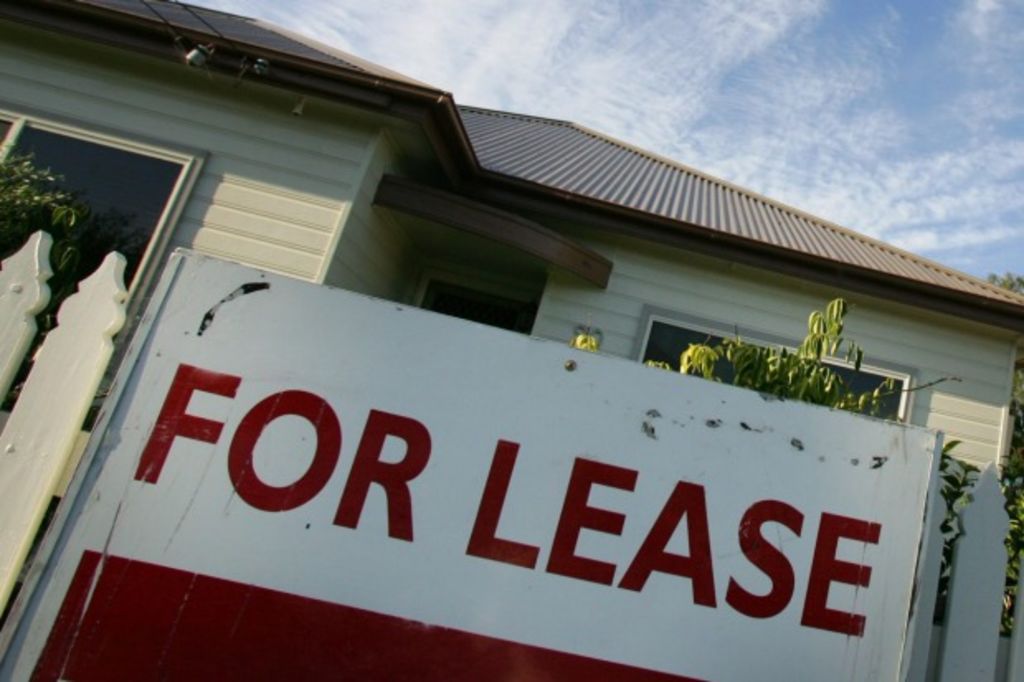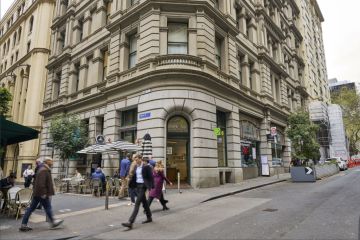Are investors retreating from the Canberra property market?

It is a delicate balancing act between encouraging investment activity and risking the overinflation of housing prices. Canberra is a great example of macro-prudential measures designed to slow the elevated investor activity in the two most populous cities, Sydney and Melbourne, affecting smaller markets such as Canberra.
Rental affordability is a key issue for Canberra tenants. Asking rents have been rising since mid-2015, making it one of the most expensive Australian cities for house and unit asking rents.
Despite unit completions peaking, 2018 fetched no respite to escalating prices. During the first quarter of the year, conditions tightened for tenants, with unit prices making the highest gain of all Australian capital cities. Overall, Canberra weekly unit asking rents are now back on par with the city’s all-time high achieved at the end of 2011. All price segments had rent hikes, with entry-level units experiencing the heftiest gains over the quarter.
Houses didn’t escape the price escalation, with weekly asking rents rising 6 per cent over the past year to $530 by March 2018, although prices have slid marginally from the peak at the end of 2017, most likely driven by seasonal impacts.
Household budgets are indeed feeling the pressure as tenants face rising prices, and any hopes of wages growth remain a distance dream. Conditions have shifted from the falling rents of 2013 and 2014, with several influential factors contributing to the change in market dynamics.
Local economic activity continues to strengthen, the territory’s jobless rate remains one of the lowest of all the jurisdictions and full-time employment has grown. This has drawn new residents from interstate, helping to bolster population growth.
International flight carriers now connect direct to Canberra, providing a plethora of opportunities – from exporting and business networking, to attracting record numbers of international visitors to the capital.
Demand for short and long-term rental accommodation has grown. Even though the capital has seen an elevated level of residential construction, house and unit rental price movements have been on the incline since 2015. It is suggestive of a market undergoing weakened investor activity and increased demand in the region.
- Related articles: Auction clearance rates down across Canberra
- Related articles: Townhouse shortage in Canberra’s established suburbs
- Related articles: Canberra’s unit prices struggle while houses continue to rise
Following the 2014 increase on investment-property land-tax, the value of investor finance tumbled. Two interest rate cuts during 2015 rejuvenated local investor activity, especially considering the previous rate cut was back in August 2013. However, the rise in investment was short lived. The macro-prudential measures introduced tightened lending conditions, again dampening investment. During mid-2016 the pace of investor activity rose, stimulated again by a two cash-rate cuts.
It has been a roller coaster ride of investment activity, coupled with a growing demand for rental accommodation. The long-term view illustrates a more subdued investment activity trend is unfolding in Canberra.
An uptick in investor activity could follow the recent announcement from APRA that removed one of the temporary measures placed to reign in investor lending. As Sydney and Melbourne property prices soften, investors could be drawn to the nation’s capital, attracted by the lower price-point.
It remains to be seen whether rates and land-tax increases, coupled with changes to lending standards and serviceability, will tighten the rental market this year. Further impacts may be ahead as the Royal Commission into banking unfolds, placing further scrutiny on the finance market.
We thought you might like
States
Capital Cities
Capital Cities - Rentals
Popular Areas
Allhomes
More







